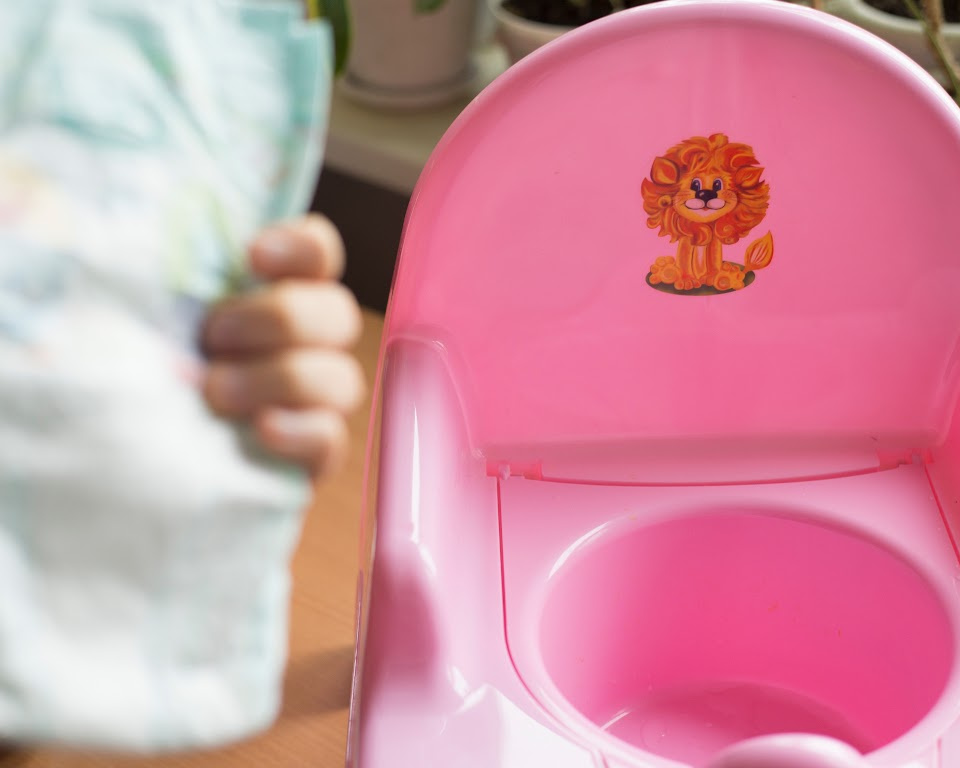Understanding how to communicate with a nonverbal autistic child is a challenge many parents, caregivers,…

Getting an Autistic Child to Swallow a Pill: Easy Steps
Many children with autism spectrum disorder (ASD) face difficulties when it comes to swallowing pills. This can pose a challenge for parents and caregivers who need to administer necessary medications and supplements. However, there are strategies that can help overcome this hurdle, providing parents with peace of mind and ensuring that children receive the vital medication they require.
According to pediatric nurse practitioner Lynn Cole, one effective approach is to make the medicine or supplement more acceptable to the child. This can involve mixing it with a favorite food or drink, making the process more palatable and comfortable for the child. Before crushing or mixing medications, it is important to consult with a doctor or pharmacist, as some medications may require specific instructions.
In cases where crushing and mixing is not feasible, compounding pharmacists can create alternative forms of medication that are easier for children to consume. Additionally, collaborating with speech pathologists, occupational therapists, and other specialists can help teach autistic children the essential skill of pill swallowing.
Establishing a daily medication schedule and incorporating visual supports can reinforce the routine and make it easier for the child to comprehend. With time, patience, and support, most children with autism can learn to swallow pills, improving their long-term health and well-being.
Challenges in Swallowing Pills for Autistic Children
Autistic children may face various challenges when it comes to swallowing pills. These challenges can include anxiety or fear, a strong gag reflex, sensory sensitivities, and unusual fears.
- Anxiety and fear can make it difficult for children to swallow pills, and it is important to build their confidence and help them understand that taking medication is necessary for their well-being.
- Children with autism may also have sensory sensitivities that make it challenging to tolerate the tastes, textures, smells, and colors of pills.
- Additionally, some children may have a strong gag reflex, making it difficult to swallow pills without discomfort.
- Unusual fears associated with certain objects or situations can further contribute to difficulties in taking medication.
Understanding these challenges can help parents and caregivers tailor their approach to support the child in overcoming them.

Techniques for Teaching Autistic Children to Swallow Pills
Gradual Introduction with Shaping Technique
Teaching autistic children to swallow pills can be achieved through a gradual introduction using the shaping technique. Start by giving the child small candies or similar objects that are easy to swallow. Gradually increase the size of these “pills” over time until the child feels comfortable swallowing actual pills. This method helps the child build confidence and develop the necessary skills for pill swallowing.
Positive Reinforcement
Positive reinforcement is an effective strategy in teaching autistic children to swallow pills. Praise and reward the child for each successful step in the process. This can be done by providing small incentives or using a token system. Positive reinforcement helps motivate and encourages the child to continue practicing and improving their pill swallowing abilities.
Modeling
Another helpful technique is modeling. When using this approach, the child watches a trusted adult successfully swallow a pill and then imitates the action. This process allows the child to observe the proper technique and gain confidence through imitation. Modeling can be particularly effective for visual learners and those who benefit from observing others.
Stimulus Fading
Stimulus fading is a technique that gradually reduces the distance between the child and the pill until they are comfortable taking it. Start by placing the pill near the child in a location they feel safe and at ease. As the child becomes more comfortable, gradually move the pill closer until they can eventually take it without any discomfort. This approach helps desensitize the child to the pill and reduces anxiety or fear associated with swallowing it.
Additives and Alternative Methods
For liquid medications, you can mix them with familiar liquids or introduce additives that improve taste, making them easier for the child to accept. Experiment with different flavors or textures to find the combination that works best for the child. In some cases, alternative methods such as the two-gulp method, straw technique, or pop bottle method can aid in pill swallowing if other techniques are not successful. Consult with a healthcare professional to determine the most appropriate method for your child.

Special Considerations for Liquid and Pill Medication
When it comes to helping an autistic child with pill swallowing, there are special considerations to keep in mind. Whether it’s liquid medication or pill medication, finding the right techniques can make the process easier and more successful.
Liquid Medication:
When starting with liquid medication, it’s important to begin with small amounts of a liquid the child is already familiar with. This can help ease any anxiety or resistance. Gradually introduce the medication, increasing the amount over time. To make the taste more palatable, consider mixing the medication with water, juice, or another liquid that the child enjoys.
In some cases, chewable tablet forms of medication may be available as an alternative to liquids. These can provide more options for children who struggle with liquid medication.
Pill Medication:
When dealing with pill medication, there are techniques you can use to help an autistic child swallow the pill. One effective strategy is having the child swallow a favorite liquid along with the pill. This can help make the pill easier to swallow and reduce any discomfort.
There are also different methods that can be employed to aid in pill swallowing. The two-gulp method, where the child takes a small sip of liquid, places the pill in their mouth, and then takes another sip to swallow, can be effective. The straw technique involves placing the pill on the tongue and drinking through a straw to help with swallowing. The pop bottle method uses a favorite carbonated beverage to create a swallowing reflex, making it easier to take the pill.
It’s important to consult with a healthcare professional to ensure the safety and effectiveness of any methods or modifications used when helping an autistic child with pill swallowing.
Conclusion
Teaching an autistic child to swallow pills can be a challenging but important task for parents and caregivers. By utilizing effective strategies and tips, it is possible to help these children take their necessary medications, promoting their overall health and well-being.
One key strategy is to be patient and provide positive reinforcement throughout the process. Praising the child for their efforts and progress can boost their confidence and motivation to continue practicing pill swallowing.
Seeking support from healthcare professionals or specialists is also crucial. They can provide valuable guidance, tailored techniques, and additional resources to assist in teaching an autistic child how to swallow pills. Remember, every child is unique, and it may take time to find the approach that works best for them.
With dedication and perseverance, most autistic children can develop the skill of pill swallowing. This achievement opens up a new world of treatment options and medications that can greatly improve their quality of life in the long run.
FAQs
What can I do to help my autistic child swallow pills?
There are several strategies you can try. One approach is to mix the pill with a favorite food or drink, but make sure to check with a doctor or pharmacist first. Compounding pharmacists can also create alternative forms of medication if crushing or mixing is not feasible. Working with specialists like speech pathologists and occupational therapists can help teach the skill of pill swallowing. Establishing a daily schedule and using visual supports can also be helpful.
What challenges do autistic children face when it comes to swallowing pills?
Autistic children may experience anxiety, fear, a strong gag reflex, sensory sensitivities, and unusual fears when it comes to swallowing pills. These challenges can make it difficult for them to take medication. Understanding these challenges can help parents and caregivers tailor their approach to support the child in overcoming them.
What techniques can be used to teach autistic children to swallow pills?
One technique is shaping or gradual introduction, starting with small candies and gradually increasing the size until the child is comfortable swallowing actual pills. Positive reinforcement and modeling can also be effective. Stimulus fading can help decrease the distance between the child and the pill until they are comfortable. If needed, there are alternative methods like the two-gulp method, straw technique, or pop bottle method that can aid in pill swallowing.
How can I help my child with liquid medication?
Start with small amounts of familiar liquids and gradually introduce the medication. Mixing the medication with water, juice, or another liquid can help mask the taste. Chewable tablet forms of medication may also be available as an alternative. Having the child swallow a favorite liquid along with the pill can make it easier to swallow. The two-gulp method, straw technique, and pop bottle method can also be effective strategies for pill swallowing.
What should I take into consideration when it comes to liquid and pill medication for my autistic child?
It is important to consult with a healthcare professional to ensure the safety and effectiveness of any methods or modifications used. They can provide guidance specific to your child’s needs and medications. Additionally, some medications may have specific instructions that should be followed.



This Post Has 0 Comments